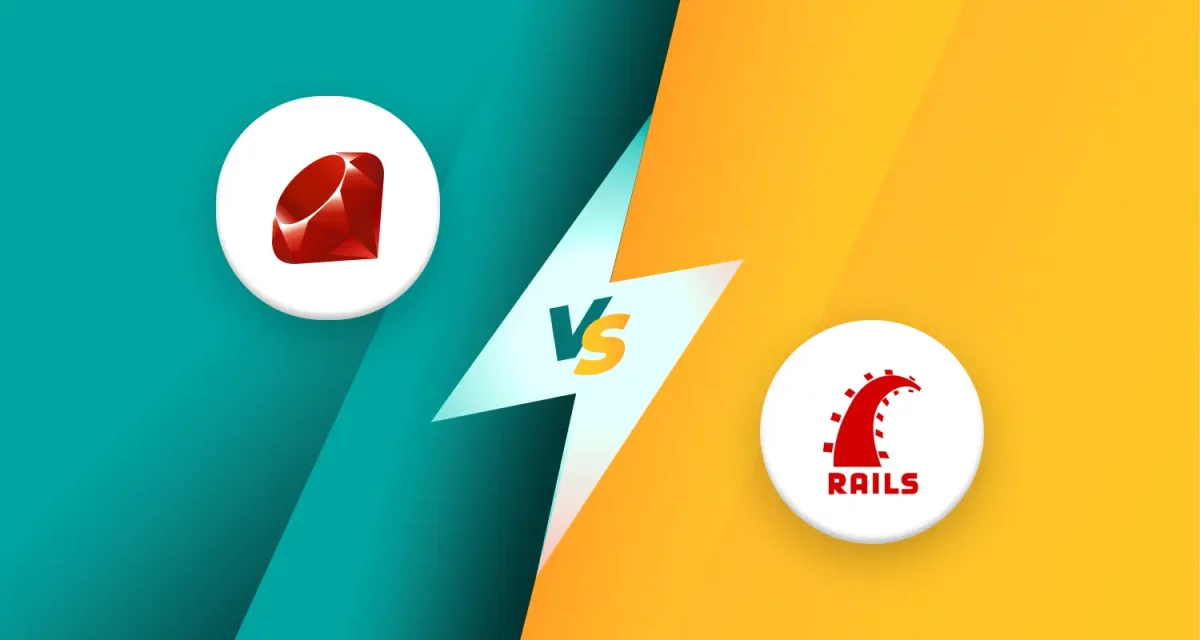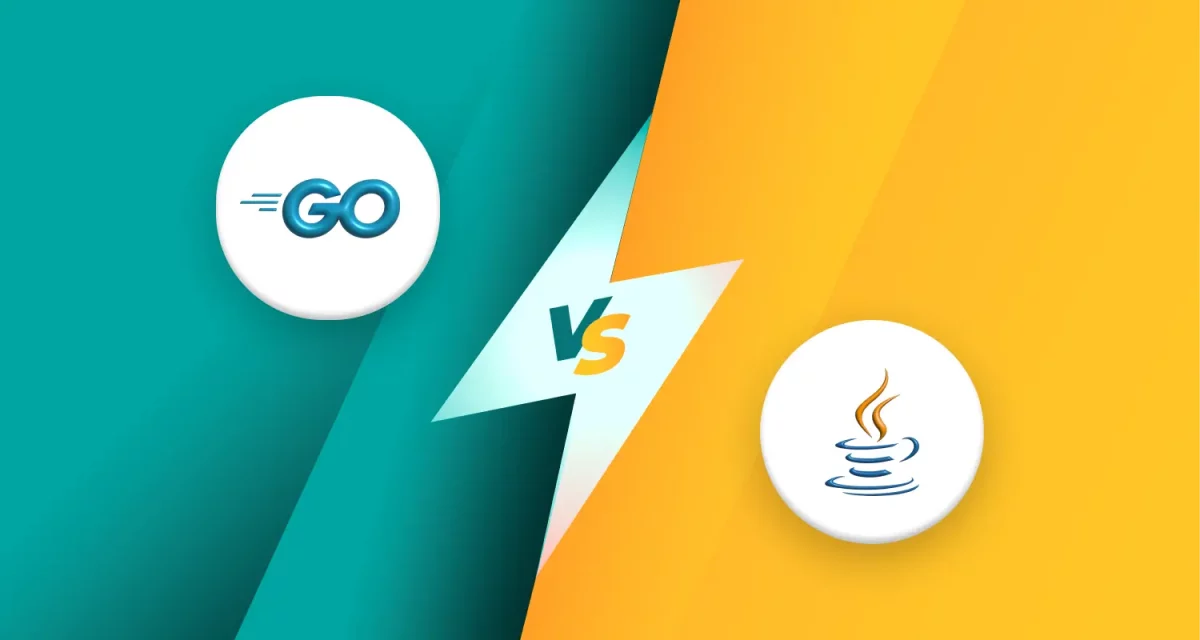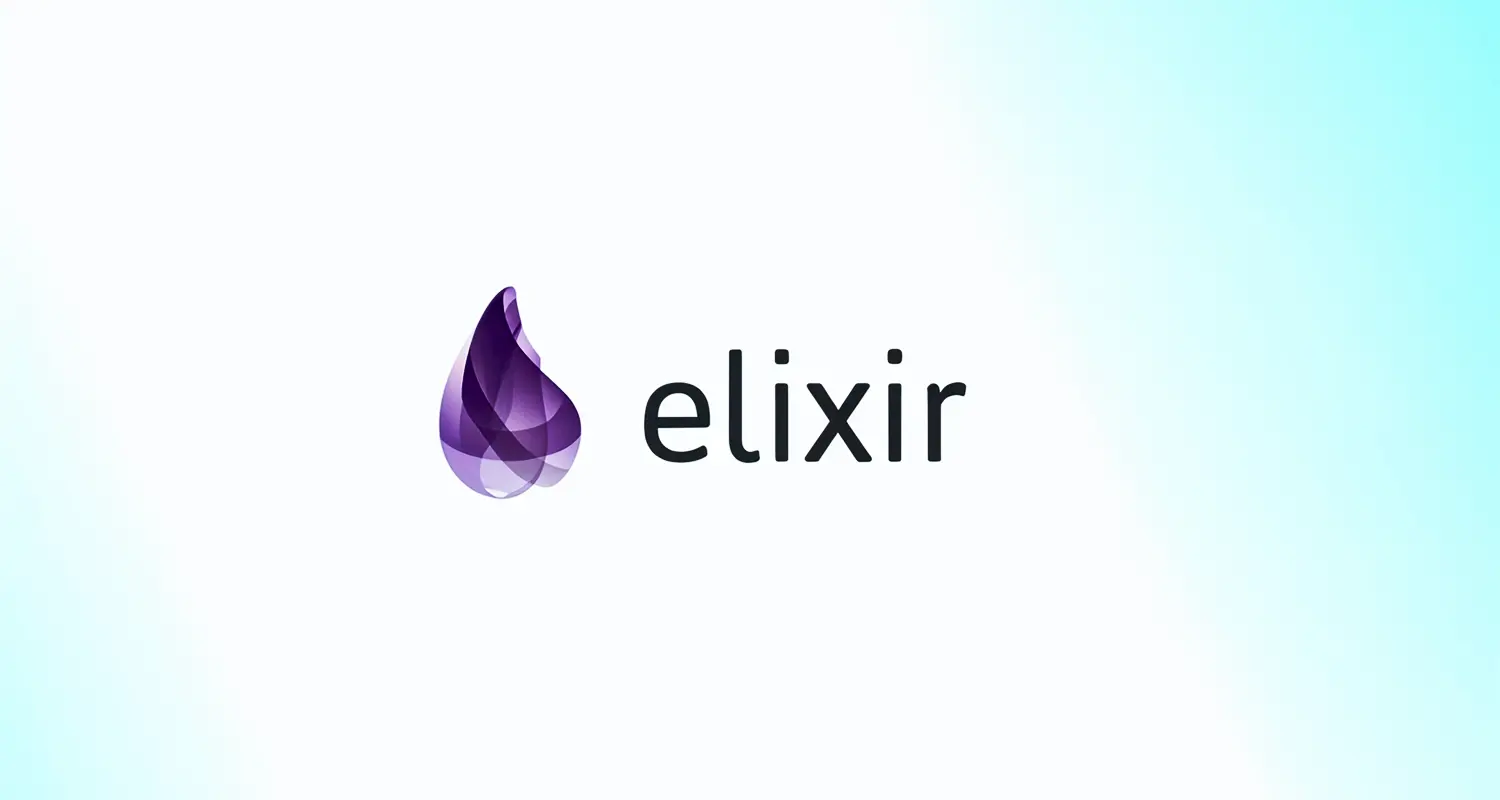
This article explores what is Elixir? Covering its features, benefits, and real-world applications. We’ll also look at popular Elixir frameworks like Phoenix framework and Nerves framework, which help developers build high-performance software. Whether you’re a developer or a business leader, understanding Elixir’s advantages can help you decide if it’s the right technology for your next project.
1. What is Elixir?
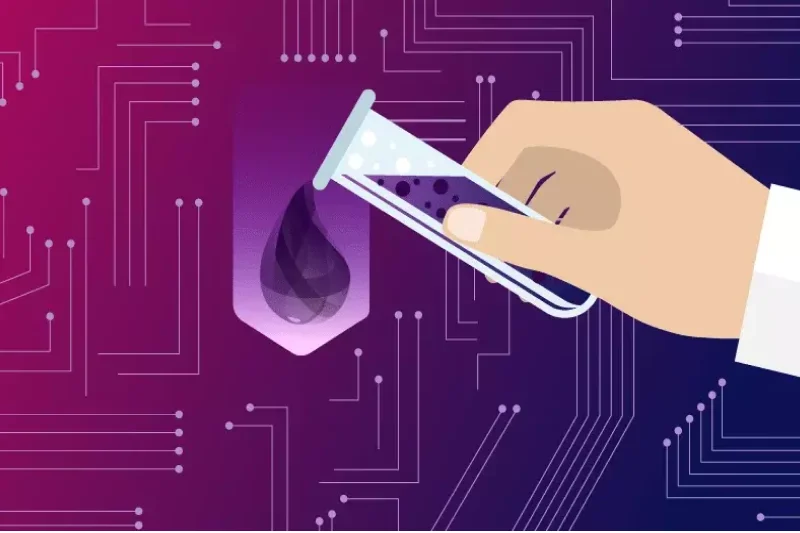
Elixir programming language is a functional, concurrent, high-level general-purpose programming language and fault-tolerant language designed for building scalable applications. It was created by José Valim, a core developer of Ruby on Rails, to improve performance and maintainability in large-scale systems. Elixir runs on the Erlang VM, inheriting its powerful distributed computing and real-time processing capabilities.
1.1. The origins of Elixir
Elixir was introduced in 2012 by José Valim to combine the best parts of existing programming models. He wanted a language that kept the concurrency in programming strengths of Erlang while being more flexible and developer-friendly. By leveraging the Erlang VM, Elixir gained the ability to handle thousands of lightweight processes at once, making it perfect for real-time web applications and scalable web applications.
1.2. Elixir vs Erlang: What’s the difference?
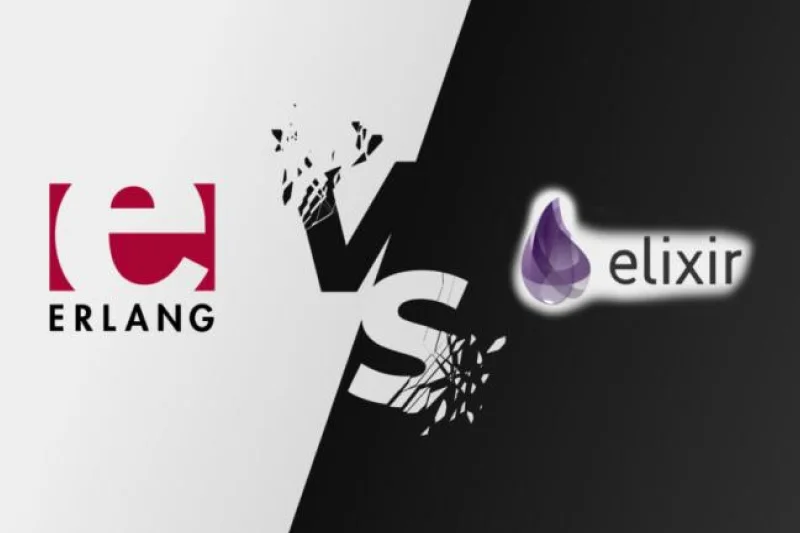
Many people compare Elixir vs Erlang because both languages run on the Erlang VM. The key difference is in their syntax and ease of use. Erlang has a more traditional syntax, while Elixir offers a cleaner, more modern structure inspired by Ruby. This makes Elixir programming language easier to learn and use, especially for web development. However, both languages share the same core strengths fault-tolerant systems, distributed architecture, and high performance under heavy loads.
With its unique blend of functional programming and scalable web application capabilities, Elixir has become a popular choice for developers looking to build real-time web applications, financial platforms, and distributed computing systems.
2. Benefits Of Elixir Programming Language
Elixir is known for its efficiency and scalability, making it a powerful choice for modern software development. If you’re wondering what is Elixir used for, its key features provide the answer. From handling massive workloads to ensuring system stability, Elixir offers several advantages. Here’s a closer look at its most important capabilities.

2.1. Scalability and concurrency
One of the biggest benefits of using Elixir for web development is its ability to handle thousands of processes at the same time. It achieves this through its lightweight process model, running on the Erlang VM. Unlike traditional programming languages that rely on heavy threads, Elixir processes use minimal resources.
This makes Elixir a great fit for high-traffic applications and real-time web applications, where responsiveness is crucial. Companies like Discord and Pinterest use Elixir because it can efficiently manage millions of user requests without slowing down. The combination of concurrency in programming and low latency allows developers to build scalable and responsive applications.
2.2. Fault tolerance and reliability
Elixir is built with fault-tolerant systems in mind. It uses a feature called “supervisor trees,” which monitors processes and automatically restarts them if they fail. This ensures that the system remains stable even when something goes wrong.
For businesses that require scalable web applications with high uptime, this reliability is a game-changer. Elixir’s fault-tolerant design is widely used in real-time web applications, banking systems, and messaging platforms where continuous operation is critical.
2.3. Productivity and developer-friendly syntax
Elixir offers a clean and readable syntax that improves developer efficiency. Inspired by Ruby, it includes features like pattern matching and metaprogramming, making it easier to write concise and maintainable code.
Developers can quickly prototype and build applications without worrying about complex structures. The simplicity of Elixir programming language reduces debugging time and helps teams work faster. This productivity boost is one of the reasons why Elixir is gaining popularity among startups and large enterprises.
2.4. Distributed computing
Another major Elixir benefit is its built-in support for distributed computing. Since it runs on the Erlang VM, Elixir allows developers to create applications that work across multiple nodes in a network.
This feature is essential for scalable web applications that require high availability. Systems like IoT networks, cloud services, and real-time platforms take advantage of Elixir’s ability to distribute workloads efficiently. As a result, companies can build fault-tolerant systems that remain operational even if individual nodes fail.
With its ability to handle concurrency in programming, maintain stability, and support distributed computing, Elixir continues to be a top choice for developers looking to build high-performance applications.
Read more >>> What is Unreal Engine and Can It Make You a Game Developer?
3. Top Elixir frameworks
If you’re wondering what is Elixir used for, one of its biggest strengths is its powerful ecosystem of frameworks. These frameworks make it easier to build scalable web applications, real-time web applications, and even embedded systems. Here are some of the most popular Elixir frameworks that developers rely on.
3.1. Phoenix framework
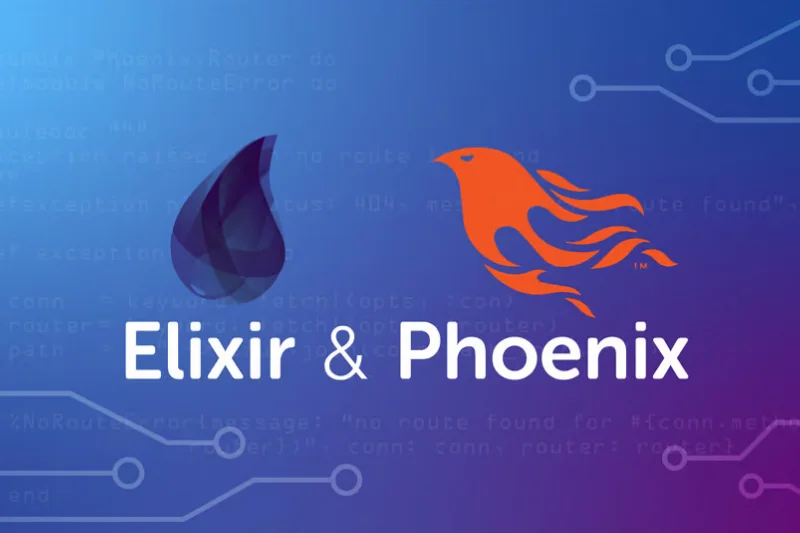
The Phoenix framework is the most well-known and widely used web framework in the Elixir programming language ecosystem. It is designed for building fast, scalable, and fault-tolerant web applications. Phoenix takes full advantage of Elixir’s concurrency in programming and runs efficiently on the Erlang VM.
Some key features of Phoenix include:
- Real-time capabilities using WebSockets for interactive applications.
- High performance, making it ideal for scalable web applications.
- A developer-friendly syntax inspired by Rails but optimized for Elixir.
Many well-known platforms, such as Discord, have adopted the Phoenix framework to handle millions of active users while maintaining low latency. If you’re looking to build a real-time web application, Phoenix is one of the best choices.
3.2. Nerves framework
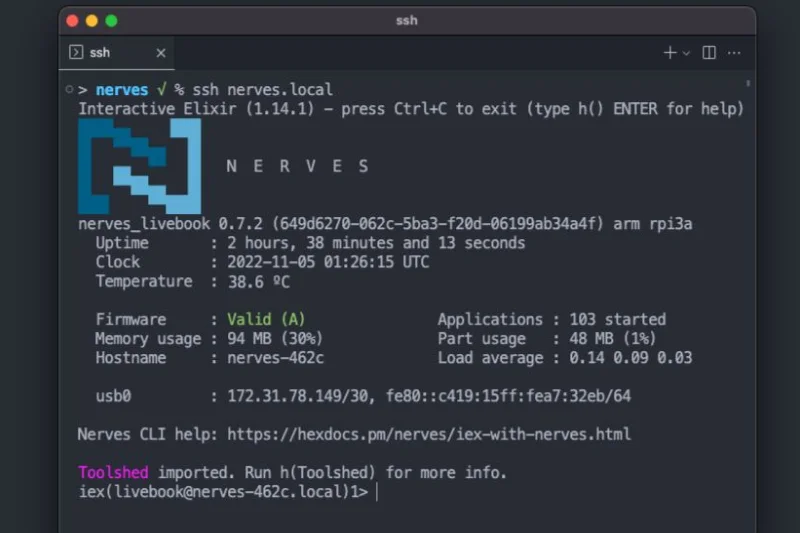
The Nerves framework is designed for embedded systems development, making Elixir a great option for IoT devices and hardware applications. It allows developers to build and deploy software directly onto small, embedded hardware, such as Raspberry Pi.
Key advantages of Nerves include:
- A minimal and optimized Linux-based system for embedded applications.
- Fault tolerance, ensuring devices continue running even after failures.
- A flexible and efficient toolset for distributed computing across multiple devices.
Companies working on IoT devices and industrial automation use the Nerves framework to create reliable, real-time embedded systems. It’s ideal for applications that require fault-tolerant systems and always-on connectivity.
3.3. Other notable frameworks
Besides the Phoenix framework and Nerves framework, Elixir has several other useful frameworks that enhance development across different domains:
- Hedwig – A chatbot framework for building automated conversational agents.
- Plug – A minimal web middleware framework that powers Phoenix’s request handling.
- Trot – A lightweight web framework for building simple web applications with minimal overhead.
These Elixir frameworks contribute to the language’s growing ecosystem, helping developers create everything from real-time web applications to distributed computing solutions. Whether you’re working on a large-scale web platform or an IoT project, Elixir has a framework to support your needs.
4. Conclusion
If you’re wondering what is Elixir used for, its impact is growing across industries. Supported by a vibrant community and powerful Elixir frameworks like the Phoenix framework and Nerves framework, Elixir continues to gain traction among developers and businesses. Its ability to solve complex challenges and drive innovation makes it a smart choice for those looking to build the next generation of scalable, efficient, and fault-tolerant applications.


